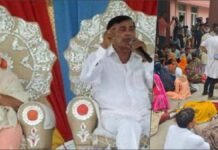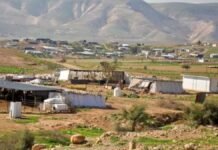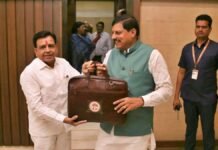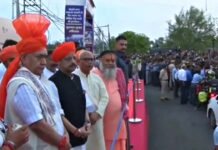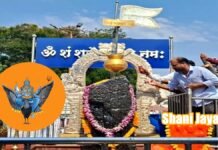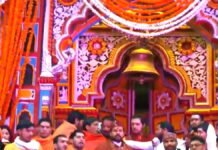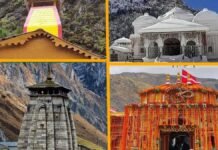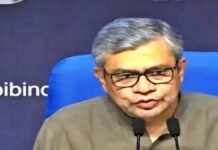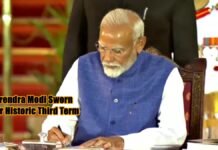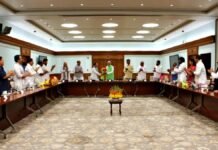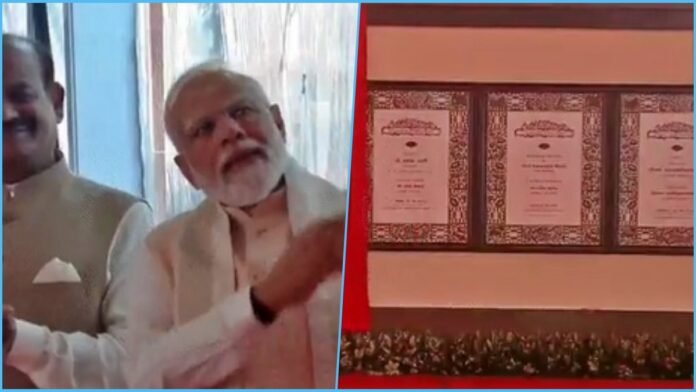
New Delhi: Prime Minister Narendra Modi inaugurated the new Parliament House on Sunday morning amidst a boycott by the opposition parties. He installed the historical scepter Sengol in the Lok Sabha chamber of the new Parliament, right in front of the speaker’s chair. He performed Havan rituals before entering the new Parliament, which was performed by Adhyanam saints of Tamil Nadu. Sengol was also worshiped in this ritual. PM Modi prostrated in front of Sengol and took the blessings of the subordinate saints.
Prime Minister Modi reached the new Parliament House at 7.30 am. He was wearing traditional clothes like Dhoti-Kurta and Angavastra. He came inside the Parliament complex from gate number one and was welcomed by Lok Sabha Speaker Om Birla. Soon after, he and Lok Sabha Speaker Om Birla sat down for the puja.
The Prime Minister and the Lok Sabha Speaker performed the ‘Ganapati Homam’ ritual amid Vedic chanting by the priests of the Sringeri Mutt in Karnataka to seek the blessings of God at the inauguration of the new Parliament House. The Prime Minister paid obeisance to the ‘Sengol’ (Scepter) and took the blessings of the priests of different Adhyams of Tamil Nadu with the sacred scepter in his hand.
After this, amidst the tunes of ‘Nadaswaram’, Prime Minister Modi took Sengol to the new Parliament House and installed it in a special place on the right side of the speaker’s seat in the Lok Sabha chamber. On this occasion Union Ministers Rajnath Singh, Amit Shah, S. Jaishankar, and Jitendra Singh, chief ministers of several states, and Bharatiya Janata Party (BJP) president J. P. Nadda were present.
Prime Minister Modi also honored some employees who played an important role in the construction of the new Parliament House. After this, an all-religion prayer meeting was organized by the representatives of many religions. In this all-religion meeting, representatives of many religions including Buddhist, Jain, Parsi, Hindu, Sikh, Christian, and Islam offered their prayers.
The old Parliament House was completed in 1927 and now it is 96 years old. Over the years, it was found to be inadequate for the present-day requirements. Even during the Congress-led United Progressive Alliance government, the then Lok Sabha Speaker Meira Kumar had stressed the need for a new parliament building and requested the then government to take steps in this direction.
Prime Minister Narendra Modi laid the foundation stone of the new Parliament Building on December 10, 2020. In the new Parliament House, 888 members can sit comfortably in the Lok Sabha chamber and 300 members in the Rajya Sabha chamber. For a joint sitting of both Houses, 1,280 MPs can be accommodated in the Lok Sabha chamber.
The material used for the new building has been sourced from across the country. The teak wood was sourced from Nagpur in Maharashtra, while the red and white sandstone was brought from Sarmathura in Rajasthan. The carpets have come from Mirzapur and Bhadohi in Uttar Pradesh.
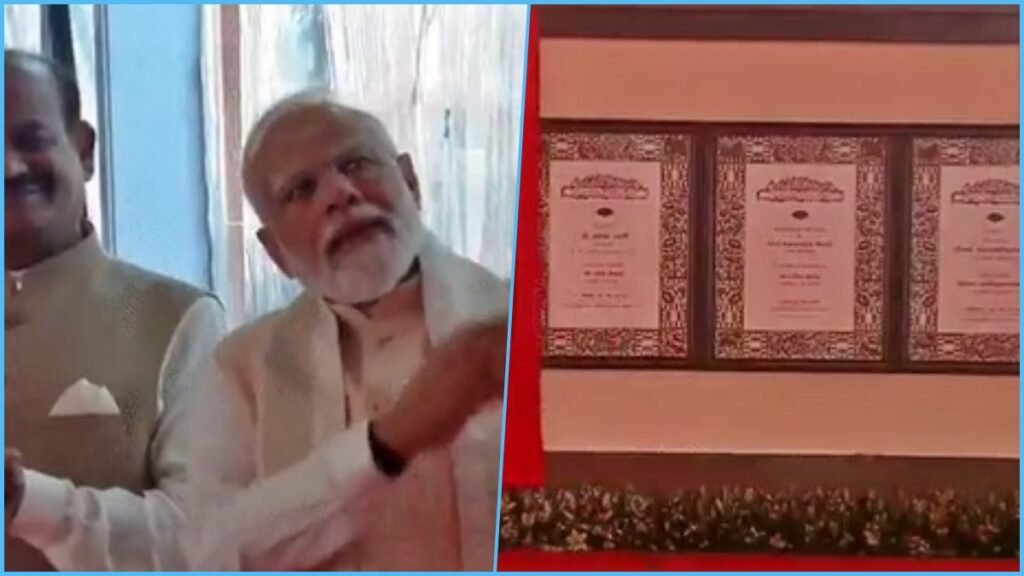
Bamboo from Tripura forms the floors of the Lok Sabha and Rajya Sabha chambers in the new Parliament House, and with stone carvings from Rajasthan, the new Parliament House reflects India’s diverse culture. The central government has announced a commemorative coin of Rs 75 to mark the historic event.
Built by Tata Projects Limited, the new Parliament House houses a grand Constitution Hall, a lounge for parliamentarians, a library, several committee rooms, dining areas, and ample parking space to showcase India’s democratic heritage.
This triangular-shaped four-story building has a built-up area of 64,500 square meters. It has three main gates – Gyan Dwar, Shakti Dwar, and Karma Dwar – and separate entrances for VIPs, MPs, and visitors.



